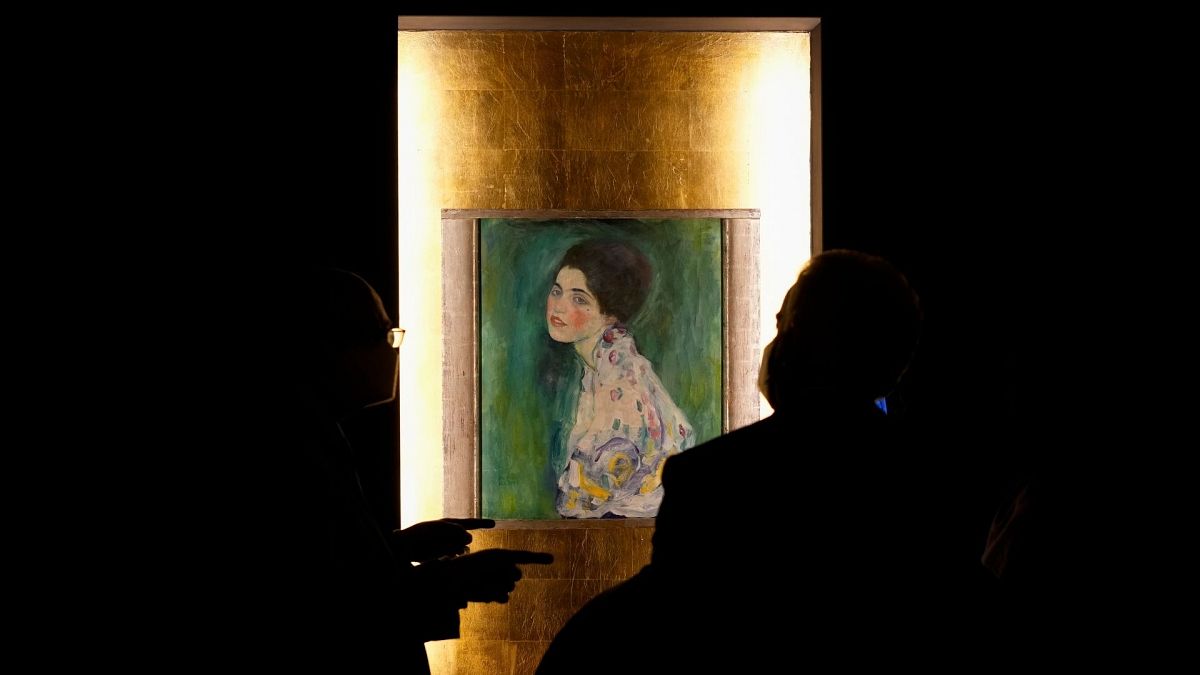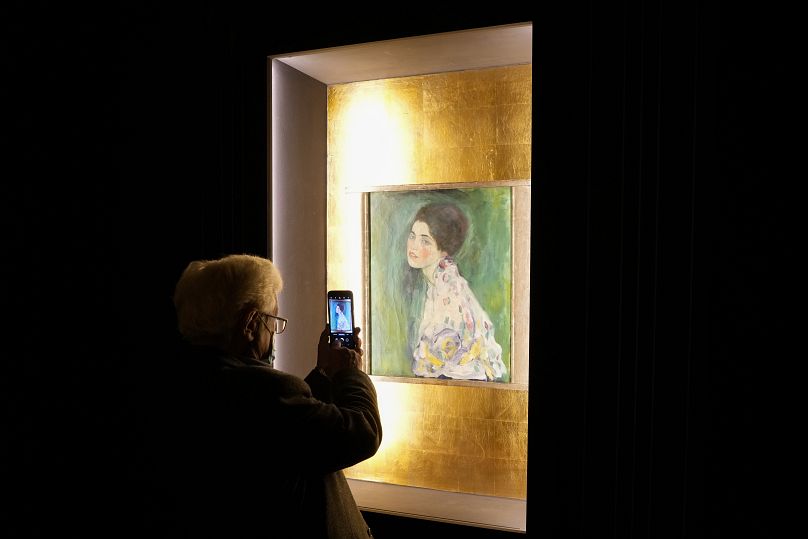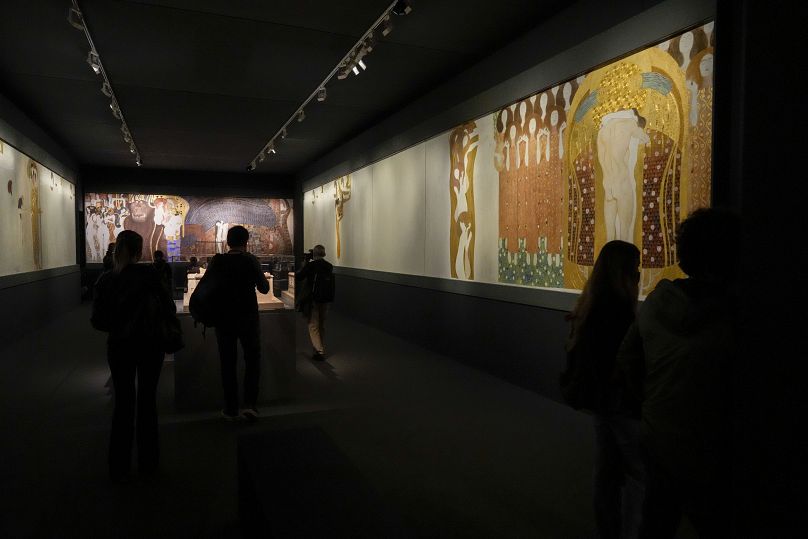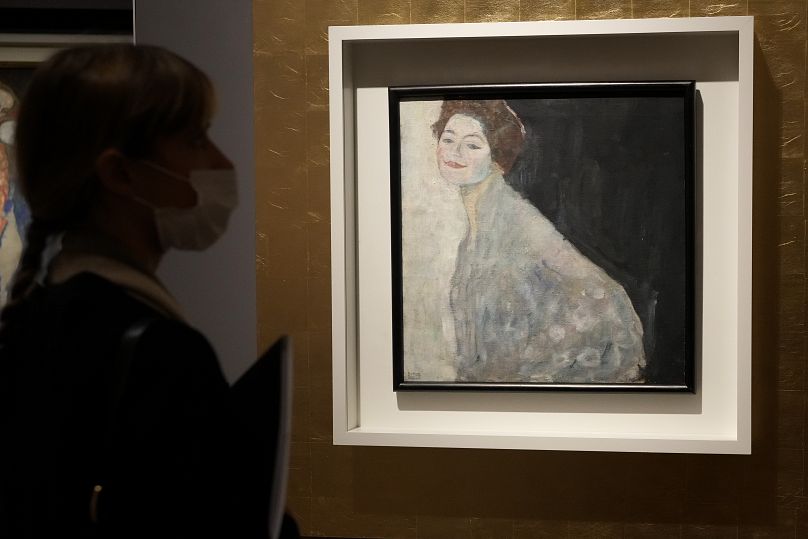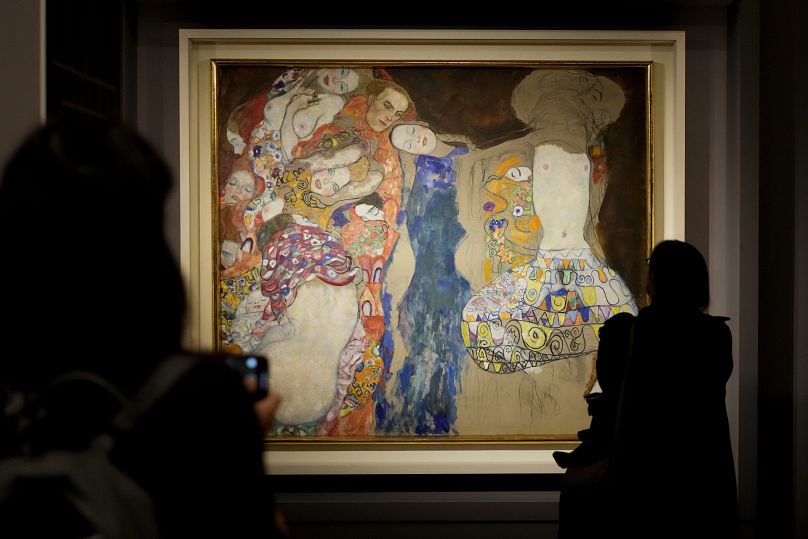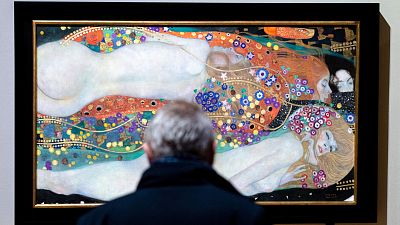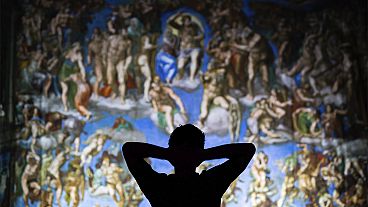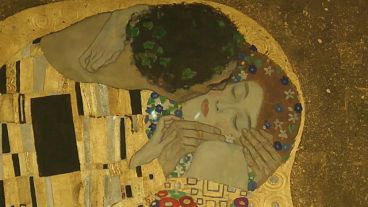Mystery swirls around 'Portrait of a Lady', a Gustav Klimt painting believed to have been stolen - and later found not hanging on a wall, but stashed inside one.
Mystery still swirls around Gustav Klimt's 'Portrait of a Lady'.
Nearly a quarter-century after the painting was stolen from an Italian museum, only to turn up at the start of what would become the coronavirus pandemic.
Who stole the 1917 artwork and how it wound up stashed inside the museum's outer walls are still unknown.
But the portrait of a young woman with a sensuous side glance will be part of a major exhibition about the work of the Austrian artist that opens in Rome on Wednesday.
The exhibition is enriched by some 30 drawings loaned by the Austria-based Klimt Foundation.
Italy's influence on the symbolist
The Rome exhibition, titled 'Klimt: The Secession and Italy,' portrays the artist as influencer on Italian painters who were his contemporaries.
It also explores Italy's influence on Klimt, as documented in postcards he sent from Venice, Padua and other locations.
Experts announced in January 2020 that a painting accidentally discovered the month before by a gardener clearing ivy from the outside walls of the Ricci Oddi Modern Art Gallery in Piacenza was indeed the Klimt that had disappeared from the gallery in 1997.
The portrait set against a dreamy, moss green background had been back on display for a matter of weeks when the museum in northern Italy had to close as part of Italy's first coronavirus lockdown.
Only relatively few visitors, mainly from the Piacenza area, had been allowed the chance to admire it.
How was 'Portrait of a Lady' found?
The portrait was found, without its frame and wrapped in a black plastic rubbish bag, behind the lockless panel door of a compartment hollowed out of the Piacenza gallery's outer walls.
During the years the painting was missing, all sorts of theories were launched about who might have snatched it. Mediums offered to help locate the work, and fake extortion attempts were reported.
Authorities have closed the investigation
The portrait is just one show-stopper in the new exhibition, which previewed Tuesday, in the Museum of Rome's Palazzo Braschi. Also starring in the exhibition is the last, unfinished painting Klimt worked on before he died in 1918, "Portrait of a Lady in White."
A 112 feet by 6.6 feet frieze mounted on three walls of one of the palazzo's rooms is another dazzling piece. Klimt conceived the frieze, which features sinewy figures and glimmering sections, as a tribute to Ludwig van Beethoven and the composer's Symphony No. 9.
A few months ago, prosecutors officially closed their investigation into the theft of 'Portrait of a Lady,' with the statute of limitations on the crime having expired and the culprit or culprits never definitively determined.
"It's a true mystery," Jonathan Papamarenghi, the culture commissioner of Piacenza, said while attending Tuesday's preview. "Where it was all the time, including whether it was inside the walls the whole time" the painting are still unknown, he told reporters.
Rare drawings and sketches are also on display, as well as his last ever work
In a 1903 postcard, Klimt wrote about the Byzantine mosaics he marveled at in Ravenna, saying they showed "unheard of splendor." The dazzling colors and touches of gold in many of his works seem to draw inspiration from the Italian artists of centuries earlier.
While Klimt was celebrated as a painter straddling the 19th and 20th centuries, also on display are different media in which the artist worked.
An 1897 poster designed by Klimt and depicting a naked Theseus, the Athenian hero battling the Greek mythological monster Minotaur, was censured by the Austrian authorities of the time, who decreed that the hero's genitals had to be hidden by a tree trunk.
In one drawing, Klimt sketches his mother, Anna Klimt, with one of her gnarled hands on her lap. Toward the end of the long path of the exhibition is a cluster of sketches of reclining, semi-naked women, including one in an erotic act.
The sketches are considered preparatory studies for 'The Bride', which Klimt started in 1917, months before he would suffer a stroke at age 55. He died a year later.
In the exhibit, 'The Bride' is the last painting on view. It features a blissfully sleeping bride and the sensual visions she presumably is having in her dreams.
The exhibition runs through March 27, 2022, then moves to Piacenza, where the show starting there on April 5, 2022, will be aptly called 'Klimt Found Again'.
